The fact that I have blue eyes and Scandinavian genetics probably has something to do with my glare aversion. But even the non-glare averted can benefit from good light balance in obvious, and subliminal ways.
The usual approach: A grid of evenly spaced recessed cans, with some decorative, surface mounted lights. This has been done in homes for for decades as an upgraded way to provide high levels in any size or shape of room. Once a hallmark of upscale design, this did seem like a step up from underlit rooms. But aside from places where bright task light is needed, like kitchens, you end up with side effects:
- A brightly lit floor, in conjunction with dark ceilings and a scalloped effect on walls
- Glare – the annoyingly bright light you see if you glance up it conventional point lights, or reflecting off your TV or tablet.
Surprisingly, despite the groundbreaking advancements, and resulting options I describe here, people often remain stuck in this archaic approach.
Many things have changed (and continue to advance rapidly) since the dawn of the recessed can. Without even getting into the lighting, how we use our homes has changed
- Most of us use tablets rather than reading printed material, which required good task light
- We watch TV in more of a theatre like environment, and want our lighting to be able to suit this
- We like to entertain and hang out in informal and service rooms like kitchens
In addition to what we want from our living spaces, technology has changed a lot:
Solid state (LED) lighting came to the scene with some benefits:
- Lower energy consumption & environmental contaminants.
- Long life
- Small, flexible form factor – although they are a point light, they can be arranged and placed to behave in all kinds of other ways, behaving as linear or planar light sources.
And most of the former LED liabilities have evolved into benefits:
- Light quality: Formerly horrible. Not only is it as good as incandescent,
- We can now pick, adjust and fine tune the quality and color of the light in all kinds of ways
- When we specify (a fixed color temperature)
- Manually “tunable white” (from warm to cool)
- Automatically adjusting through the day based on circadian rhythm
- Automatically adjusting based on brightness (warm dim)
- Cost: Not to long ago it was 2-3x the cost, now it is in line with incandescent.
Even in pre LED days, the tryptic lighting design was:
- Task lighting – directional light used specifically where you need it (used in moderation) to focus on a task that requires acuity.
- Indirect (ambient) lighting – general illumination of a room, including walls & ceilings makes spaces feel bright, warm, and spacious.
- Accent lighting – highlighting art or being design elements in themselves adds interest & drama; and also contributes to ambient light.
This is still a great way to think about lighting any space. One of LED’s key attributes, its small size, allows it to be easily configured in a variety of ways. We don’t have to use it only to emulate the direct point light qualities of the Edison bulb. We can use it in other linear & planar applications:
Linear direct lights provide more even task lighting, while spreading it out, reducing the annoying glare you’d get from a bright point light. Great in kitchens
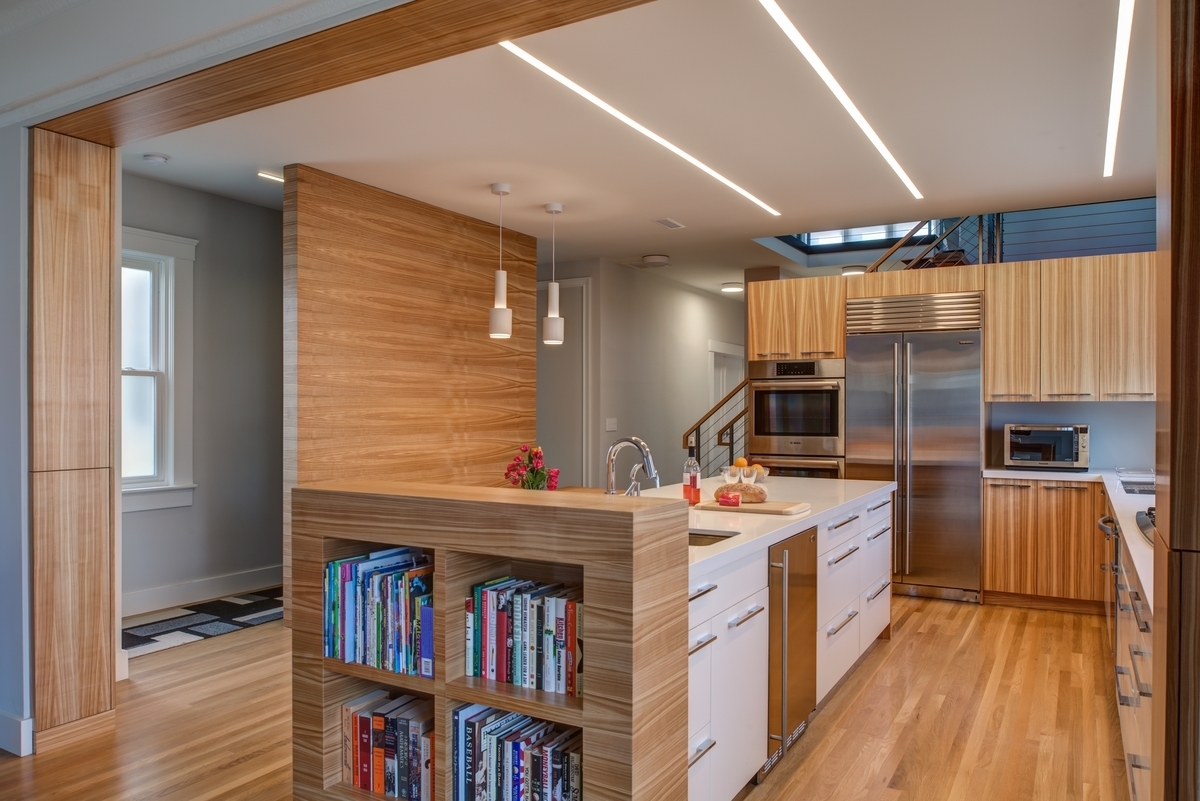
Linear cove lighting illuminates ceilings creating overall brightness & ambient light with a completely hidden light source
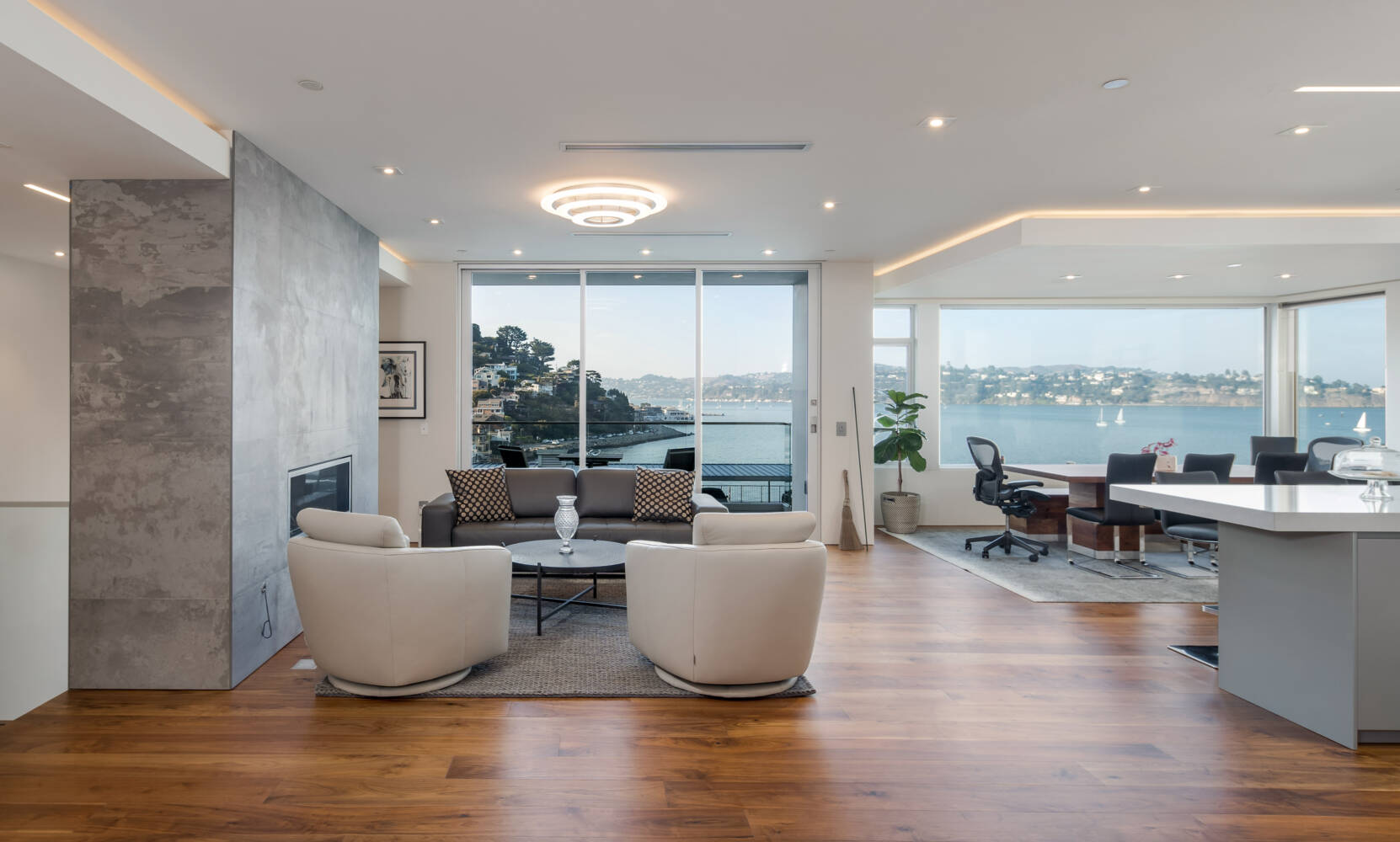
Linear wall-washers direct light sideways to evenly illuminate entire walls, highlighting art & finishes.
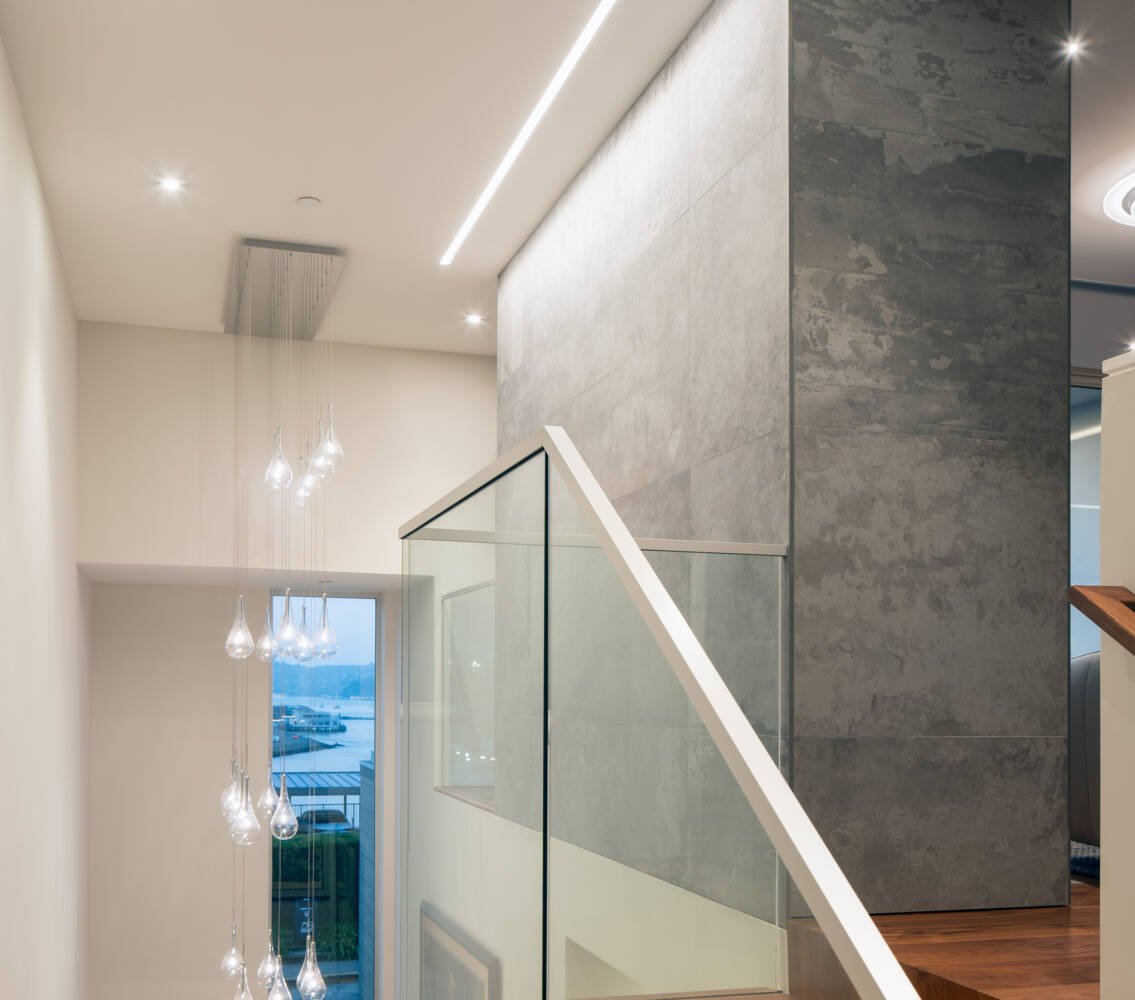
Indirect & filtered point lights create usable downlight free from glare
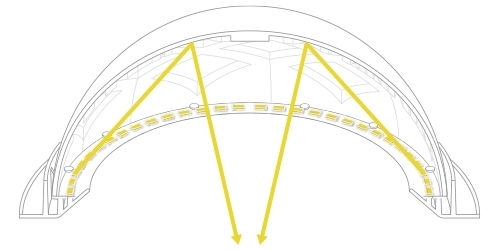
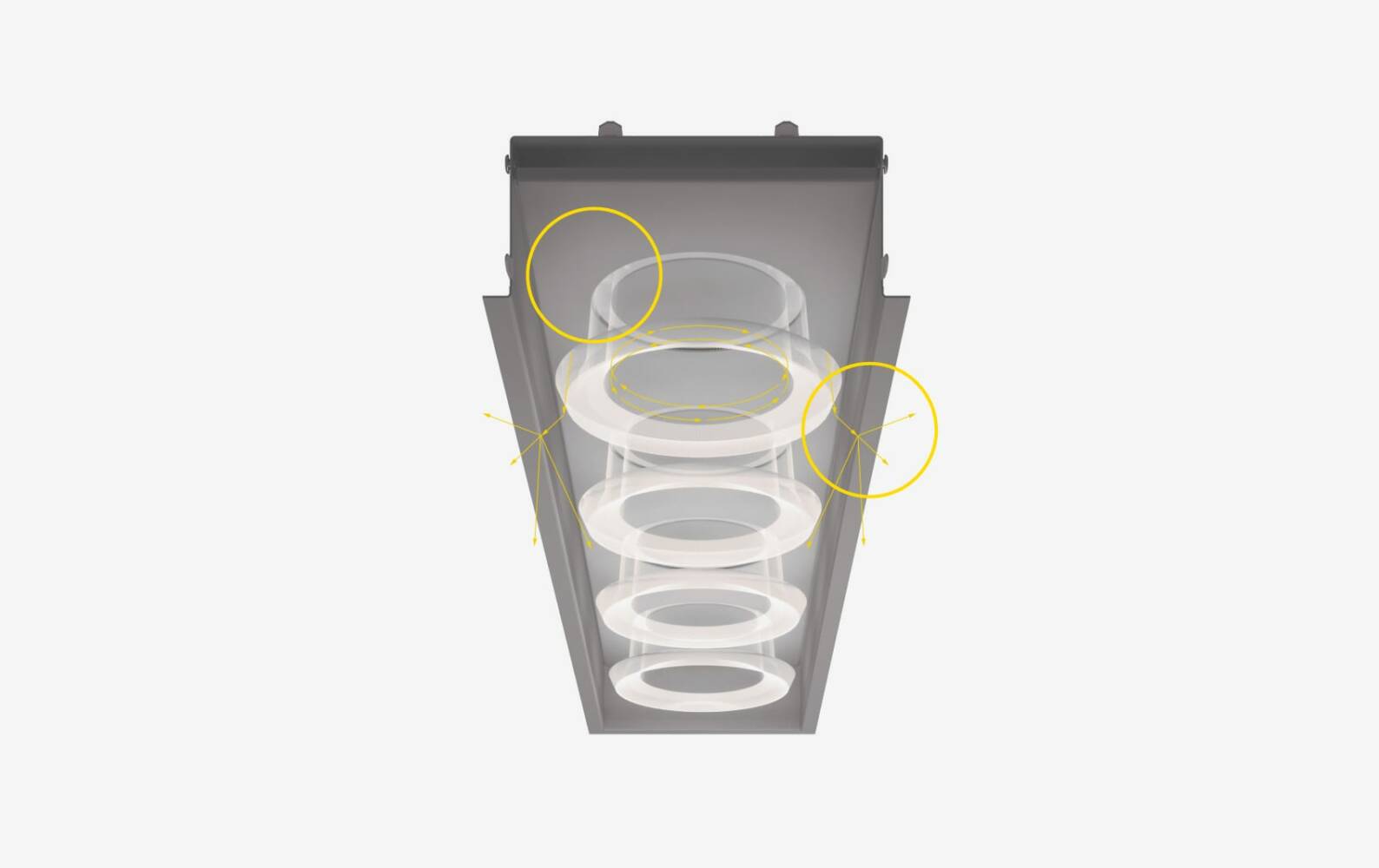
This project uses the LED uplit dome shown above to the left. The result is recessed can with a very wide spread, and little glare. The look is intriguing as its minimal oculus doesn’t resemble anything we’re familiar with.
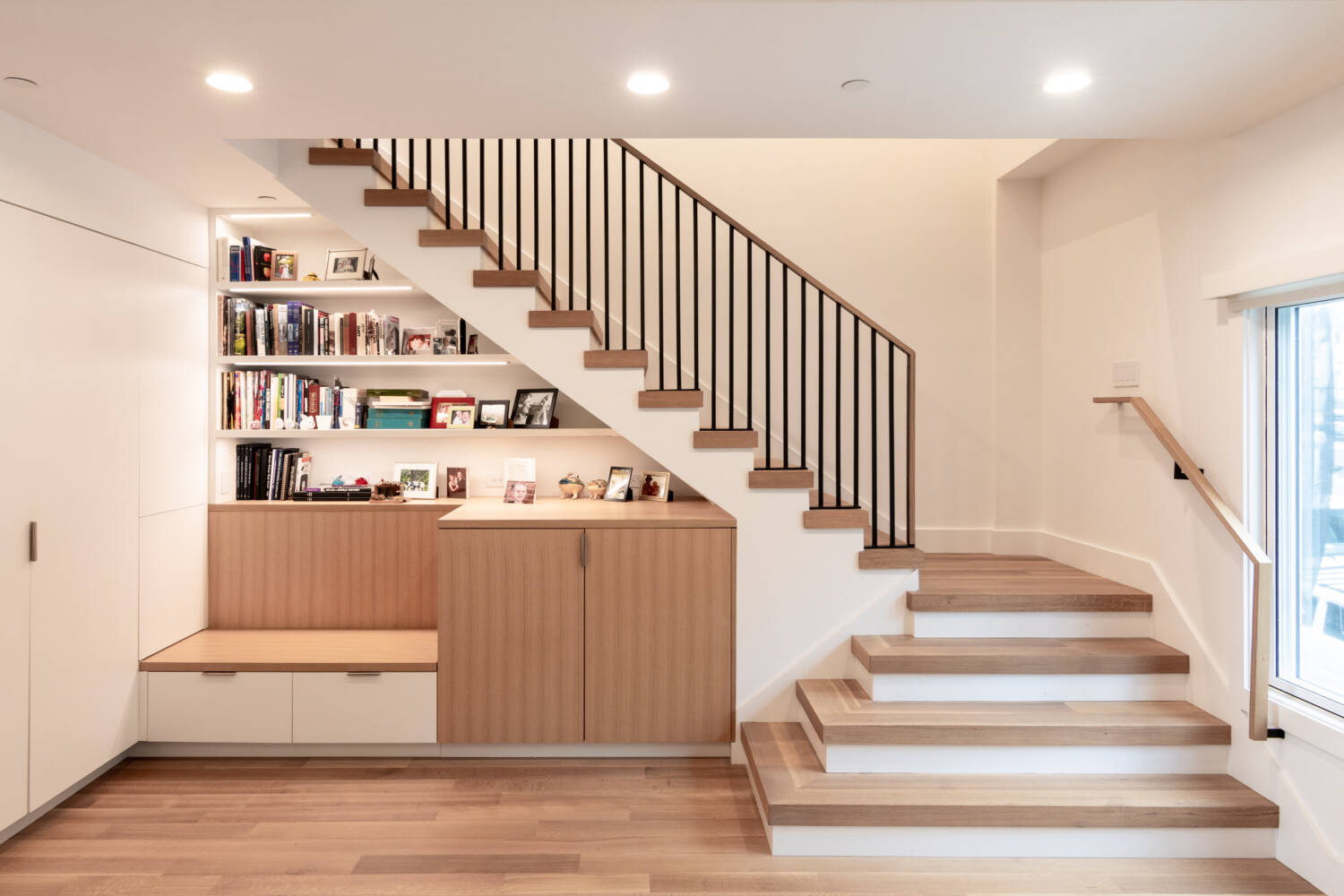
Here is an ambitious lighting design that combines all the approaches into a ceiling feature which adds design interest, and infinitely tunable lighting to suit different tastes & uses.
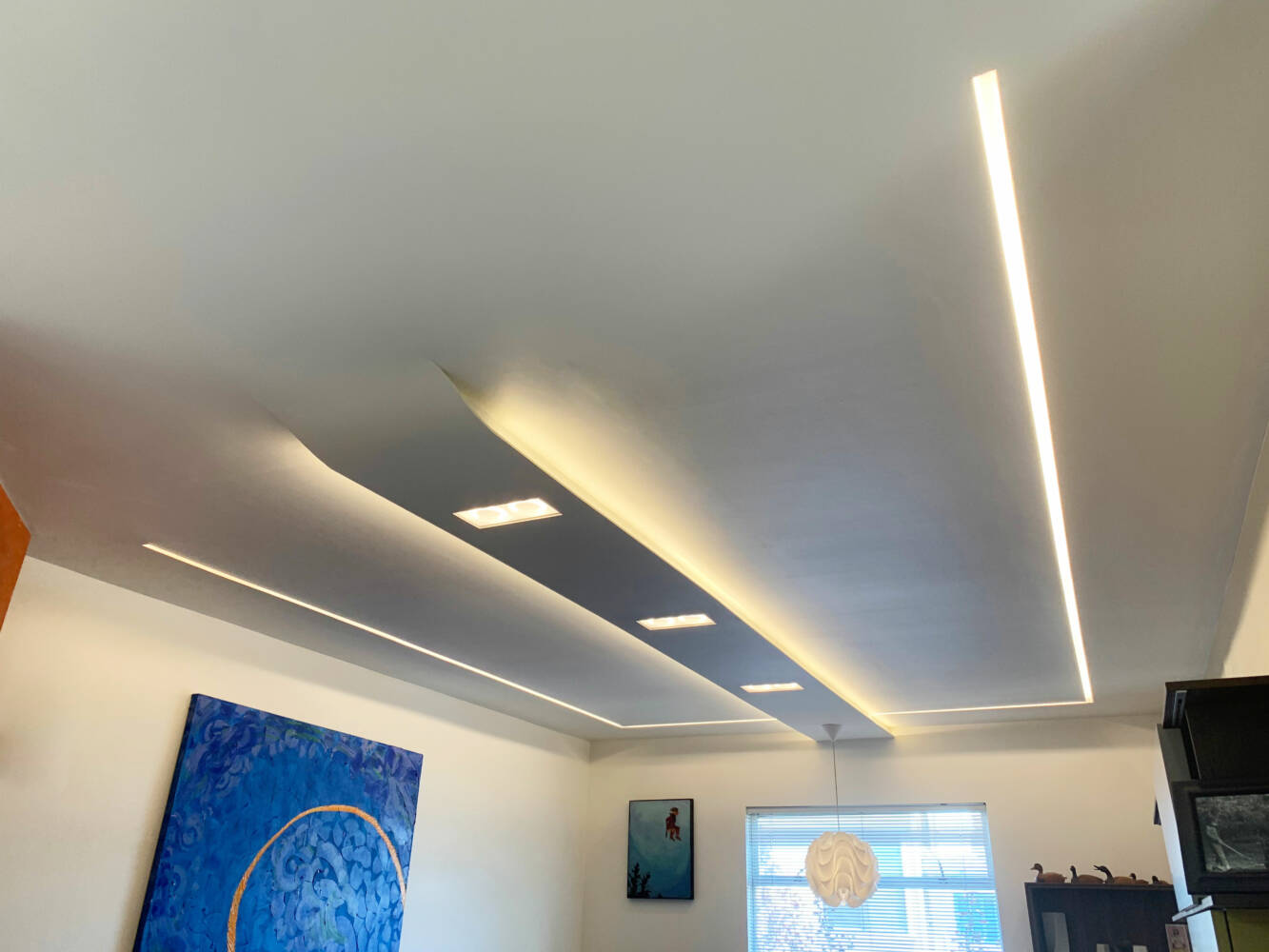
In the end, it comes down to putting together all the available lighting approaches into an approach that:
- Allows control
- Makes the space feel well lit and comfortable
- Is glare free
- Highlights the design
- Suits the tastes (and budget) of the user
I invite you to reach out and schedule a call with me to discuss your architecture project in San Francisco.
